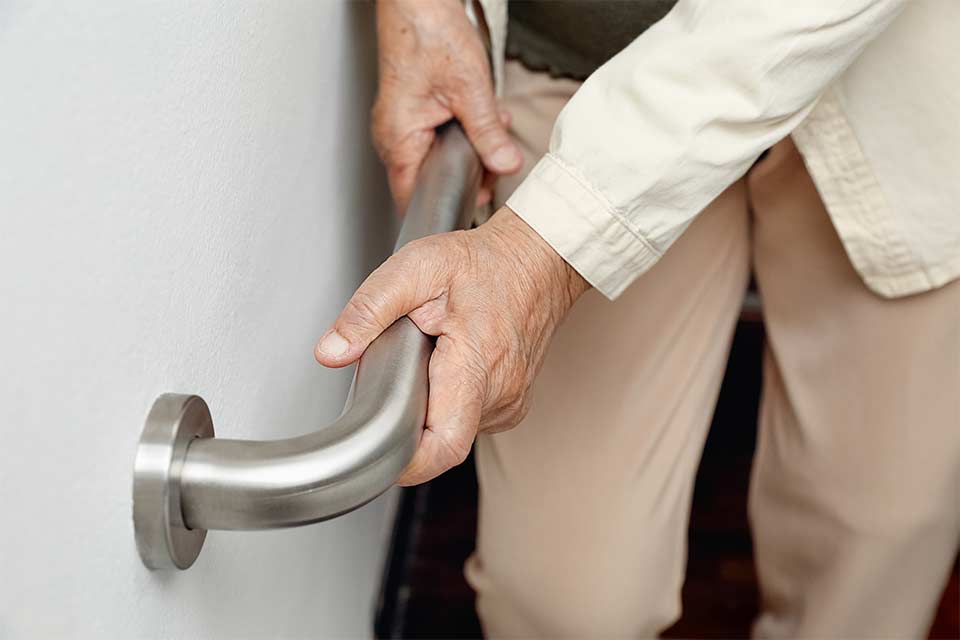
Top 10 Ways for Seniors to Prevent Falls at Home
Falls are a significant concern for seniors, with nearly one in four older adults experiencing a fall each year. Preventing these falls is crucial for maintaining independence and quality of life. Here are the top 10 ways seniors can reduce their risk of falling at home:
1. Improve Home Lighting
Good lighting is essential for preventing falls. Ensure that all areas of the home are well-lit, especially hallways, stairways, and bathrooms. Consider using nightlights in bedrooms and bathrooms to guide the way during nighttime trips. Replace burnt-out bulbs promptly and use brighter bulbs if necessary.
2. Remove Clutter and Hazards
Clutter and obstacles can be tripping hazards. Keep floors clear of items like magazines, toys, or loose rugs. Make sure electrical cords and wires are tucked away or secured against the wall. Avoid walking over uneven surfaces and ensure that any loose floorboards or carpets are repaired.
3. Install Grab Bars and Handrails
Grab bars in the bathroom and handrails on stairs can provide much-needed support. Install grab bars near the toilet and inside and outside the shower or bathtub. Ensure that handrails on both sides of stairs are sturdy and well-secured.
4. Use Non-Slip Mats and Rugs
Place non-slip mats in the bathtub or shower to reduce the risk of slipping on wet surfaces. Use non-slip backing for rugs and mats to keep them from sliding around. Avoid using small throw rugs that can easily bunch up and become tripping hazards.
5. Ensure Safe Footwear
Wear shoes with non-slip soles, even when indoors. Avoid walking in socks, slippers, or other footwear that can be slippery. Well-fitting shoes that provide good support and stability can significantly reduce the risk of falls.
6. Exercise Regularly
Regular exercise can help improve strength, balance, and coordination. Activities like walking, tai chi, and strength training can enhance stability and reduce the likelihood of falls. Consult with a healthcare provider or physical therapist to develop a safe and effective exercise routine.
7. Organize and Use Assistive Devices
Assistive devices such as walkers, canes, or grabbers can help with mobility and reaching items safely. Ensure these devices are properly fitted and used as recommended. Regularly check their condition and make necessary adjustments to ensure they remain effective.
8. Keep Essential Items Within Reach
Store frequently used items at waist level or within easy reach to avoid the need to stretch or use a step stool. Use long-handled tools or reachers to retrieve items from high shelves. Avoid climbing on chairs or tables to reach things.
9. Monitor Medication Side Effects
Some medications can cause dizziness, drowsiness, or balance issues, increasing the risk of falls. Review all medications with a healthcare provider to understand potential side effects and make adjustments if necessary. Never stop or change medication without professional guidance.
10. Regular Vision and Health Check-Ups
Vision problems can significantly impact balance and mobility. Have regular eye exams to ensure vision is clear and up-to-date. Additionally, regular health check-ups can help manage conditions that might affect balance, such as diabetes or arthritis.
By taking these proactive measures, seniors can significantly reduce their risk of falling and enhance their safety and independence at home. Implementing these strategies not only promotes physical well-being but also contributes to overall confidence and peace of mind.

